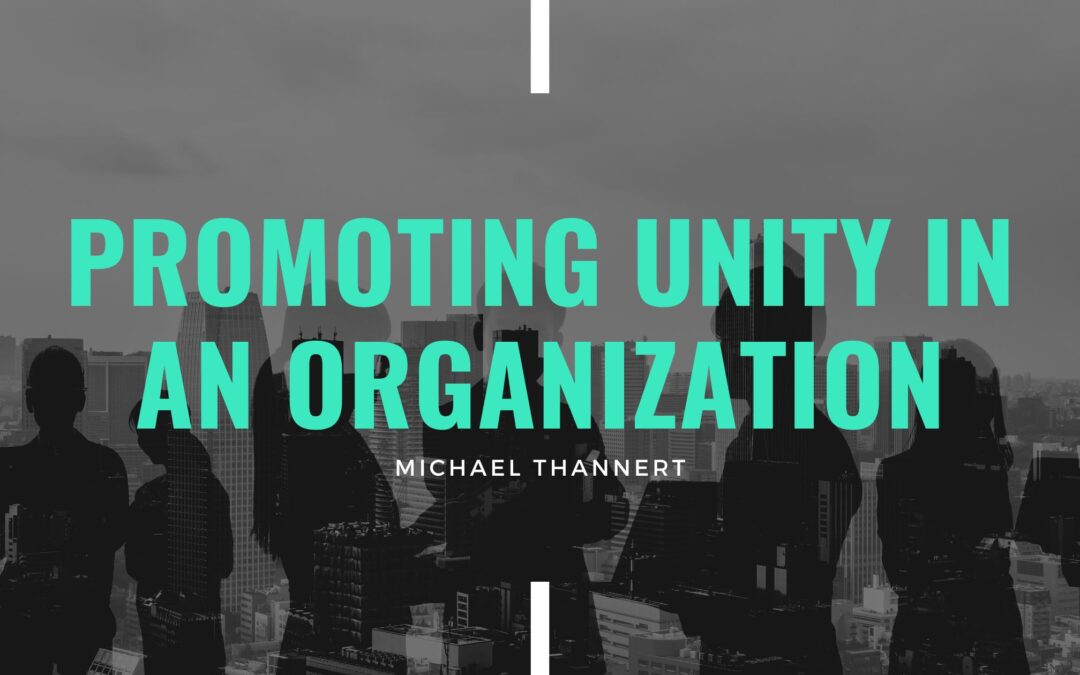Unity is a crucial ingredient to a successful organization. When employees are united, they work together towards common goals, share ideas, and support each other. However, achieving unity can be challenging, especially in large organizations with diverse teams. Here are some strategies to promote unity within an organization:
Encourage Communication: Communication is critical to building unity within an organization. Encourage employees to communicate openly with each other, including sharing ideas, concerns, and feedback. Provide opportunities for team members to meet and interact, such as team-building activities or social events. Encouraging communication can help break down barriers and promote a sense of togetherness.
Foster a Positive Work Environment: A positive work environment means employees feel valued, supported, and respected. This can be achieved by fostering a culture of inclusivity, recognizing and rewarding employees for their contributions, and encouraging teamwork.
Establish Clear Goals and Objectives: Clearly defined goals and objectives are essential for promoting organizational unity. When employees understand what they are working towards and how their efforts contribute to the organization’s larger goals, they are more likely to work together and support each other. Ensure that goals and objectives are communicated clearly and regularly to all team members.
Emphasize Teamwork: Emphasizing teamwork is another way to promote unity within an organization. Encourage employees to collaborate on projects, share responsibilities, and collaborate on problem-solving. Employees working together as a team can achieve more than they would individually.
Provide Professional Development Opportunities: Providing professional development opportunities is another strategy to promote unity within an organization. When employees feel they are growing and developing professionally, they are more likely to feel invested in the organization and its goals. Professional development opportunities can include training programs, mentorship programs, and opportunities for career advancement.
Lead by Example: Finally, leadership is critical in promoting organizational unity. Leaders should model the behavior they want to see in their employees, such as open communication, teamwork, and a positive attitude. When leaders lead by example, they set the tone for the entire organization and can inspire their employees to work together towards common goals.
Promoting unity within an organization requires a concerted effort by leaders and employees. By encouraging communication, fostering a positive work environment, establishing clear goals and objectives, emphasizing teamwork, providing professional development opportunities, and leading by example, organizations can build a strong sense of unity to help them achieve their goals and thrive in a competitive business environment.

